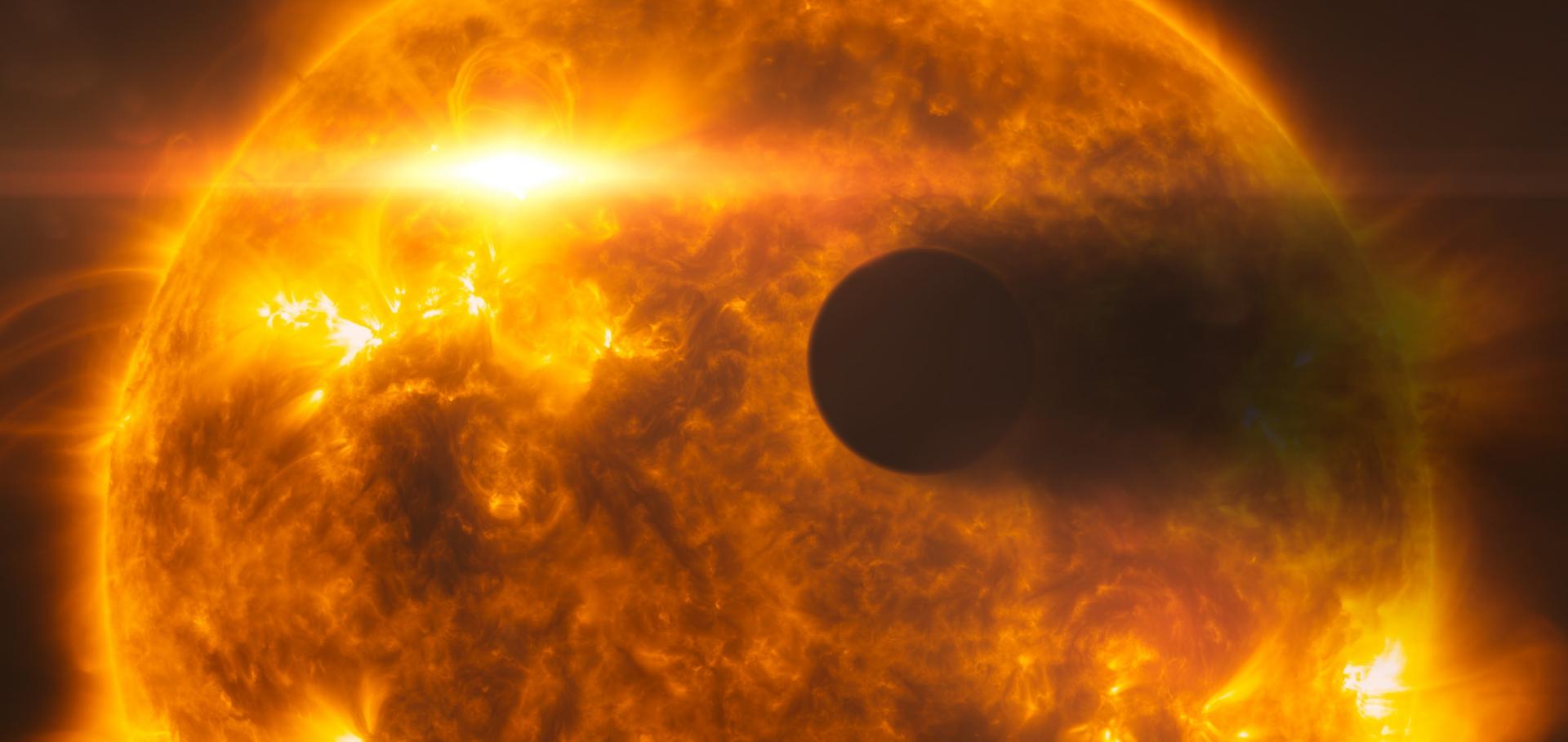Star-planet interactions
AIP Conference Proceedings 1094 (2009) 275-282
Abstract:
Much effort has been invested in recent years, both observationally and theoretically, to understand the interacting processes taking place in planetary systems consisting of a hot Jupiter orbiting its star within 10 stellar radii. Several independent studies have converged on the same scenario: that a short-period planet can induce activity on the photosphere and upper atmosphere of its host star. The growing body of evidence for such magnetic star-planet interactions includes a diverse array of photometric, spectroscopic and spectropolarimetric studies. The nature of which is modeled to be strongly affected by both the stellar and planetary magnetic fields, possibly influencing the magnetic activity of both bodies, as well as affecting irradiation and non-thermal and dynamical processes. Tidal interactions are responsible for the circularization of the planet orbit, for the synchronization of the planet rotation with the orbital period, and may also synchronize the outer convective envelope of the star with the planet. Studying such star-planet interactions (SPI) aids our understanding of the formation, migration and evolution of hot Jupiters. In this proceeding, we briefly summarise the observations and theories presented during the Cool Stars 15 splinter session1 of this diverse and growing field of star-planet interactions. © 2009 American Institute of Physics.The monitor project: A search for low mass ebs in the young open cluster M50
AIP Conference Proceedings 1094 (2009) 832-835
Abstract:
We present preliminary results from a high-cadence photometric monitoring survey of the 130 Myr old open cluster M50. Using the semi-automated occultation detection process developed by Miller et al. [1], we uncovered eight low mass (< 1M⊙) eclipsing binary candidates in the cluster. Preliminary analysis of spectroscopic follow-up on five of these candidates confirms their binary nature. One candidate also exhibits a systemic velocity broadly consistent with the cluster radial velocity, indicating cluster membership. Confirmation of these eight candidates as true members of the M50 cluster will allow us to provide important constraints to the mass-radius relationship for objects below 1M⊙ at ages younger than lGyr, where current observations remain scarce. © 2009 American Institute of Physics.Noise properties of the CoRoT data: a planet-finding perspective
(2009)
WASP-12b: The Hottest Transiting Extrasolar Planet Yet Discovered
\apj 693 (2009) 1920-1928-1920-1928
Modelling solar-like variability for the detection of Earth-like planetary transits: II. Performance of the three-spot modelling, harmonic function fitting,iterative nonlinear filtering, and sliding boxcar filtering
Astronomy and Astrophysics 495:2 (2009) 647-653


